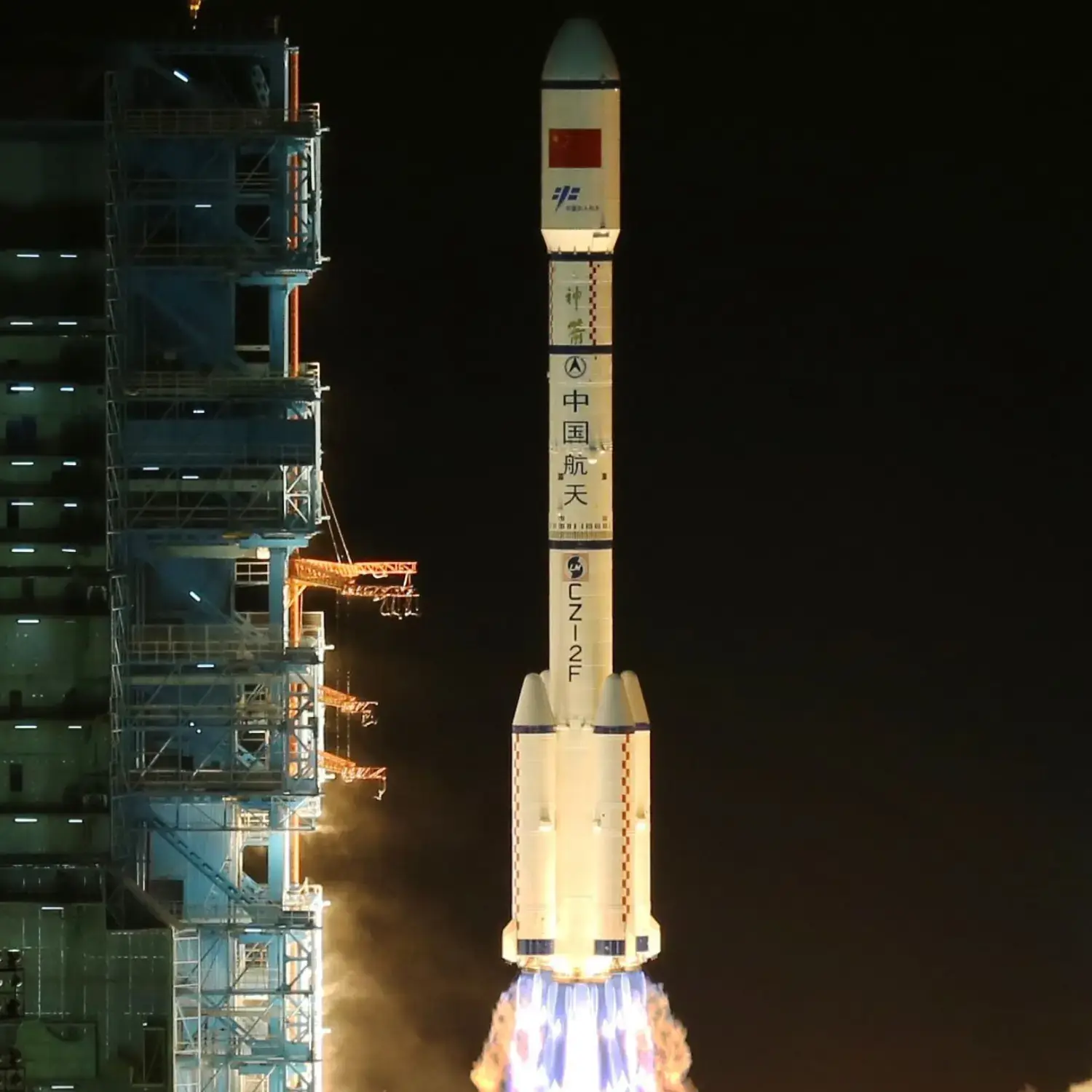/
Tiangong-1
Launch Success
Liftoff Time (GMT)
13:16:04
Thursday September 29, 2011
Mission Details
Read Article
Launch Notes
First Chinese space station. China becomes the third country to launch a space station, after the USSR and USA. First flight of the CZ-2F/T.
Tiangong-1
Tiangong-1 (Chinese: 天宫一号) was China's first prototype space station. It orbited Earth from September 2011 to April 2018, serving as both a crewed laboratory and an experimental testbed to demonstrate orbital rendezvous and docking capabilities during its two years of active operational life. Launched uncrewed aboard a Long March 2F/T rocket, it was the first operational component of the Tiangong program, which aims to place a larger, modular station into orbit by 2023. Tiangong-1 was initially projected to be deorbited in 2013, to be replaced over the following decade by the larger Tiangong-2 and Tiangong-3 modules, but it orbited until 2 April 2018. Tiangong-1 was visited by a series of Shenzhou spacecraft during its two-year operational lifetime. The first of these, the uncrewed Shenzhou 8, successfully docked with the module in November 2011, while the crewed Shenzhou 9 mission docked in June 2012. A third and final mission to Tiangong-1, the crewed Shenzhou 10, docked in June 2013. The crewed missions to Tiangong-1 were notable for including China's first female astronauts, Liu Yang and Wang Yaping. On 21 March 2016, after a lifespan extended by two years, the China Manned Space Engineering Office announced that Tiangong-1 had officially ended its service. They went on to state that the telemetry link with Tiangong-1 had been lost. A couple of months later, amateur satellite trackers watching Tiangong-1 found that China's space agency had lost control of the station. In September 2016, after conceding they had lost control over the station, officials speculated that the station would re-enter and burn up in the atmosphere late in 2017. According to the China Manned Space Engineering Office, Tiangong-1 started reentry over the southern Pacific Ocean, northwest of Tahiti, on 2 April 2018 at 00:16 UTC.
Low Earth Orbit
1 Payload
8,506 kilograms
Rocket


Agency
CASCRocket
Height: 52.03m
Payload to Orbit
LEO: 8,600 kg
GTO: 0 kg
Liftoff Thrust
5,985 Kilonewtons
Fairing
Diameter: 3.8m
Height: 12.78m
Stages
2
Strap-ons
4
Launch Site
Stats
Long March 2F
8th
Mission
1st
Mission of 2011
2011
56th
Orbital launch attempt